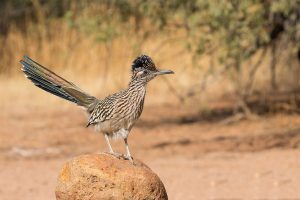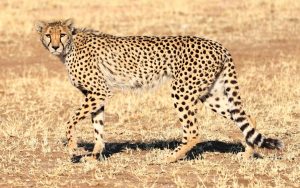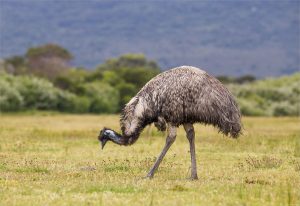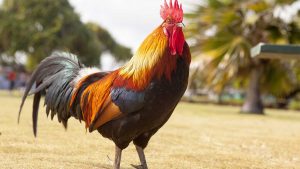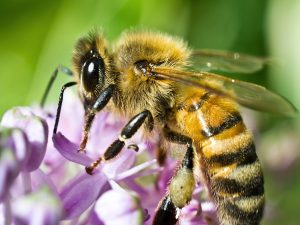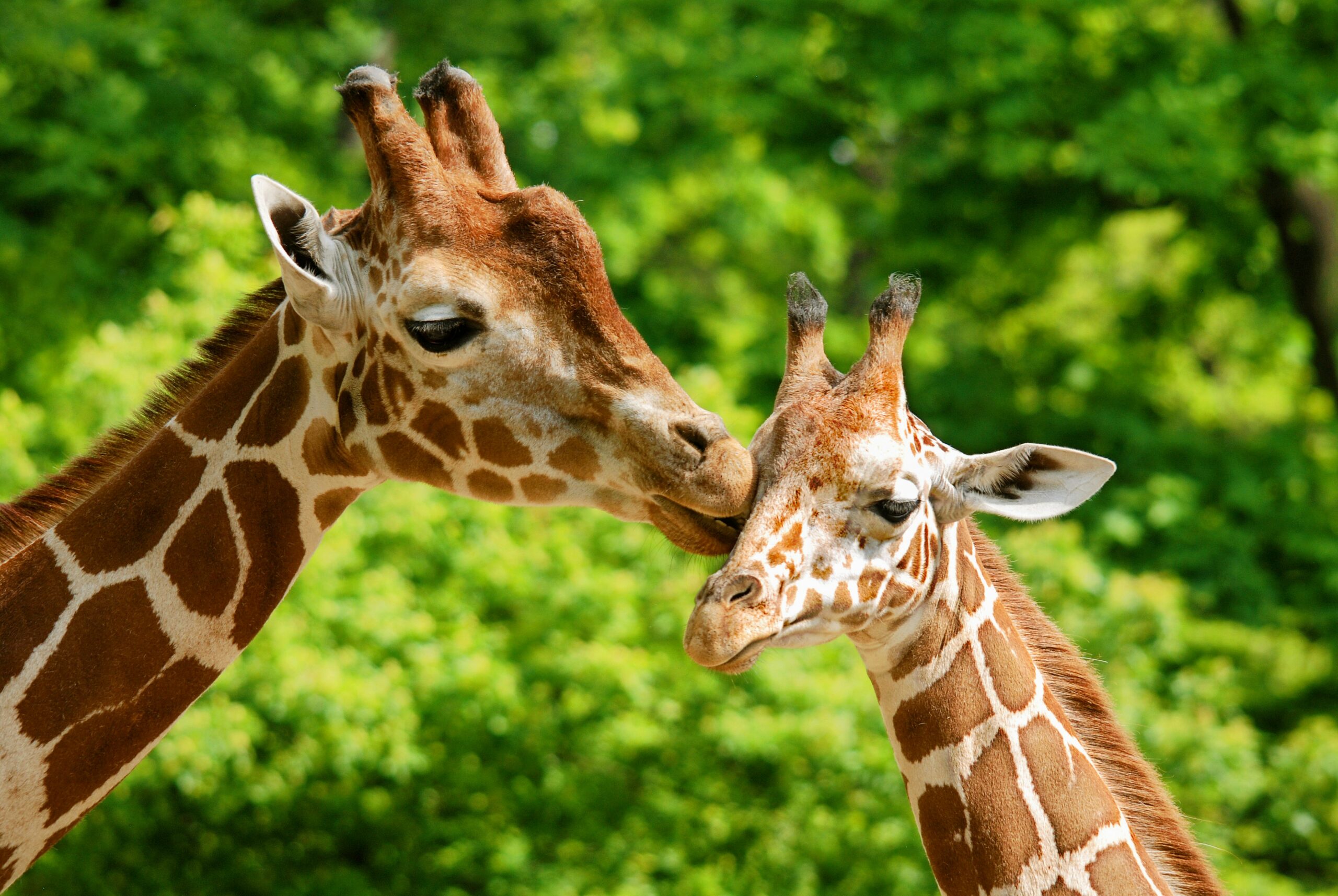
26 interesting facts about giraffes
- 👁️ 925
Giraffes are majestic creatures that have been fascinating people for centuries. With their incredibly long necks and spots that resemble a fingerprint, they are truly one of a kind animals. Here are some interesting facts about giraffes that you may not know:
- Giraffes are the tallest mammals on earth. They can reach a height of up to 18 feet, which is the equivalent of a 5-story building.
- Giraffes are native to Africa and can be found in savannas, woodlands, and grasslands.
- A giraffe’s neck is incredibly strong and flexible, making it easier for them to reach leaves and branches high up in trees.
- A giraffe’s tongue is approximately 45 cm long and is blue-black in color.
- Giraffes have the ability to run at speeds of up to 35 mph, making them one of the fastest mammals on land.
- The spots on a giraffe’s coat are unique to each individual and no two giraffes have the same pattern.
- Giraffes have a very small brain in comparison to their large body size.
- Giraffes sleep very little, only about 20 minutes a day, and typically do so standing up.
- Giraffes are herbivores and feed on leaves, flowers, and fruits. They can eat up to 75 pounds of vegetation in a day.
- Giraffes have no vocal cords, which means they cannot make any sounds.
- Giraffes are social animals and form herds of up to 20 individuals.
- Giraffes use their long necks to defend themselves against predators like lions, hyenas, and crocodiles.
- The giraffe’s heart is over 2 feet long and weighs approximately 25 pounds.
- Giraffes have a unique way of communicating, called “necking”. This involves two giraffes pushing their necks against each other in a display of dominance.
- Giraffes have a gestation period of approximately 15 months and give birth to a single calf, which can weigh up to 150 pounds.
- Giraffes have a lifespan of approximately 25 years in the wild.
- Giraffes are classified as a vulnerable species by the International Union for Conservation of Nature (IUCN) due to habitat loss and hunting.
- Conservation efforts are underway to protect giraffes and their habitats, including anti-poaching initiatives and the creation of protected areas.
- The giraffe’s tall stature allows it to see potential danger from a long distance and give it a warning to the herd.
- A giraffe’s neck contains only 7 vertebrae, just like a human neck, but they are much larger and more elongated.
- Giraffes have a unique way of swallowing their food. They have to spread their front legs wide apart and lower their neck in order to swallow.
- A giraffe’s tongue is tough and muscular, and it can wrap around and manipulate food, which helps them to pluck leaves from trees.
- Giraffes are active during the day and spend most of their time feeding and walking.
- Giraffes have large, dark eyes that help them to see great distances and detect predators.
- There are currently two species of giraffes recognized: the Northern giraffe and the Southern giraffe.
- Giraffes are the national symbol of Cameroon and appear on their coat of arms.
